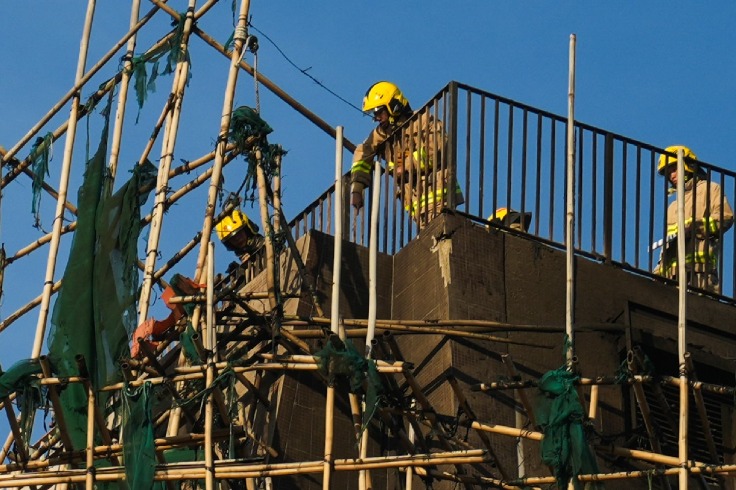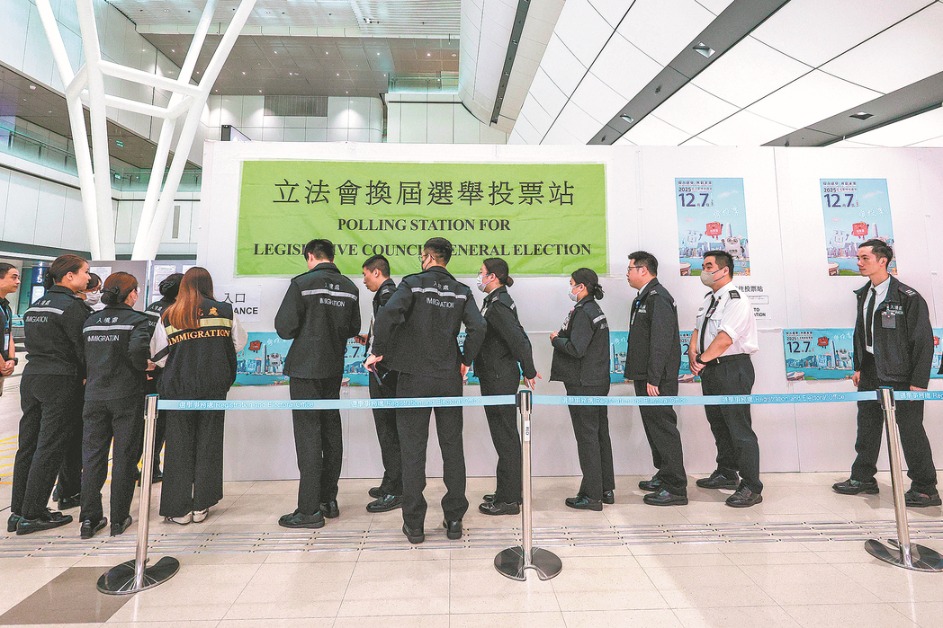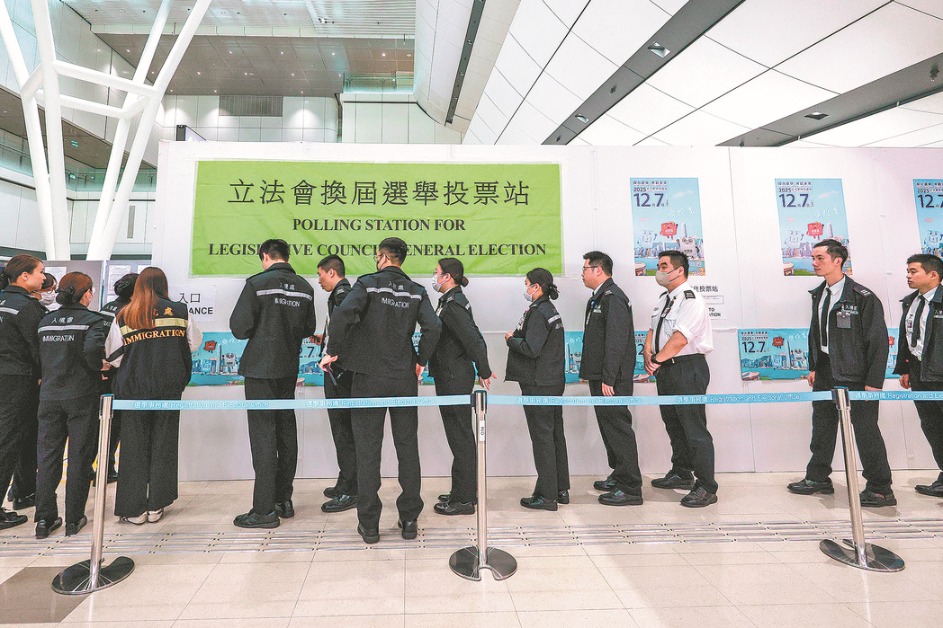Social Media Digest (Aug 20)


Industrial adventures
For decades, historical landmarks and natural scenery topped travelers' lists for exploring China's culture and history. Today, a new trend is emerging: once-hidden factories are stepping out of their role as production hubs to become popular check-in spots.
From biomedicine plants and food workshops to new energy vehicle factories, industrial sites are now attracting waves of curious young visitors.
On Xiaohongshu (RedNote), vlogs and guides of factory tours have racked up millions of views, with users joking, "Getting a tour ticket is harder than getting a concert pass".
The appeal lies in blending industry with tourism. Visitors watch advanced assembly lines where hundreds of robots work in sync and driverless carts deliver components. Even without understanding all the technical details, many describe the on-site experience as both eye-opening and inspiring.
For brands, factory tours are more than just entertainment. They provide a cost-effective way to showcase the manufacturing process, turning transparency into trust and allowing visitors to feel as if they've witnessed "the birth of a car" firsthand.
Still, challenges remain. Balancing efficiency, safety, and visitor experience will be the key if this wave of industrial tourism is to develop sustainably.

Stare to declare
When faced with an unreasonable request, previous generations might have grumbled quietly or forced a polite smile. Generation Z, however, has developed its own trademark response: the "Gen Z stare".
The look is simple — wide eyes, a slack jaw, little to no vocal reaction, and almost no expression. It creates an awkward pause that can feel uncomfortable, or even unintentionally funny, in what should be a normal conversation.
The stare has taken off on social media, sparking cross-generational debate. Many older observers dismiss it as disengagement or a lack of social skills.
Gen Zers, on the other hand, argue it is an honest reaction to absurd situations, especially in customer service.
For example, Brad Mielke, host of ABC's Start Here podcast, recalled hearing requests like: "Make my iced tea less cold" or "I want a cheeseburger without the cheese — but keep the pepper jack of it all." For many young workers, the only response that made sense was silence — and the stare.
Culturally, the look echoes earlier aesthetics of detachment and irony popular in the 1990s and early 2000s. But it also marks a generational shift: Gen Z tends to value authenticity over polished politeness. The stare communicates that they're unimpressed — and unwilling to fake positivity.
"The Gen Z stare isn't just a blank look — it's an important signal," Psychology Today noted. "It may also be a subtle form of emotional boundary-setting in an age of constant exposure."
Today's Top News
- China's foreign trade up 3.6% in first 11 months of 2025
- China rejects Japan's radar claims
- 'Contingency' remarks threaten peace in the Asia-Pacific
- When Japan's history becomes a security threat
- Taiwan stance could become Takaichi regime's Achilles' heel
- Results of HKSAR's 8th-term LegCo election unveiled






























